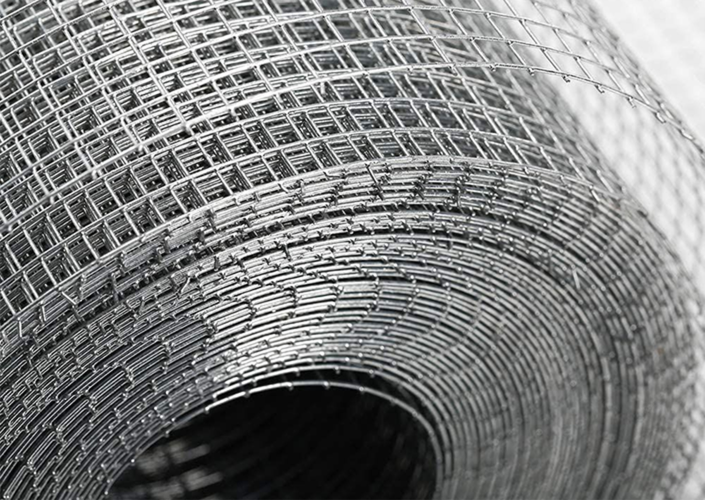Innovative Techniques and Processes in Modern Wire Mesh Manufacturing for Various Applications
The Process and Importance of Wire Mesh Production
Wire mesh, a versatile and widely-used material, serves various applications ranging from construction and agriculture to industrial and architectural uses. The production of wire mesh involves a series of precise steps that transform raw materials into a durable, reliable product catered to diverse needs. This article delves into the wire mesh production process, discussing its significance and applications.
Raw Materials
The primary raw material for wire mesh production is wire, which is typically made from steel, stainless steel, or other metals. The choice of material depends on the intended application of the wire mesh. For instance, galvanized steel wire is often preferred for its resistance to corrosion, making it suitable for outdoor applications. Stainless steel wire is favored in environments that require higher durability and resistance to harsh chemicals.
Manufacturing Process
The wire mesh production process begins with the creation of wire. The wire is produced through either drawing or rolling processes. Drawing involves pulling hot metal through a series of progressively smaller dies to achieve the desired diameter. Rolling, on the other hand, flattens the metal into sheets or strips that will later be cut into wire.
Once the wire is produced, it undergoes treatment processes such as annealing and galvanization. Annealing softens the metal, allowing for easier weaving, while galvanization involves coating the wire with zinc to enhance its corrosion resistance. After these treatments, the wire is ready for weaving or welding.
Weaving and Welding Techniques
wire mesh production

There are two primary techniques used in the creation of wire mesh weaving and welding.
1. Weaving This method involves interlacing strands of wire to form a mesh pattern. Weaving can be done using different patterns, such as plain weave, twill weave, or fancy weave, each suited to specific applications. The woven mesh can be tight or loose, depending on the intended purpose—producing a fine screen for filtering or a more open mesh for full ventilation.
2. Welding Alternatively, wire mesh can be produced through a process of welding, where the intersecting points of wire strands are joined together using high-frequency resistance welding. This method provides a strong, consistent bond between wires, resulting in a robust final product. Welded wire mesh is commonly used in construction, agriculture, and fencing due to its strength and stability.
Applications
Wire mesh has a vast array of applications. In construction, it is used for reinforcing concrete and providing structural support, which enhances the durability of buildings and infrastructure. In agriculture, wire mesh serves as fencing to protect crops and livestock. It is also utilized in the manufacturing of filters, sieves, and security products, showcasing its essential role in various industries.
Architecturally, wire mesh has gained popularity for its aesthetic appeal, being used in facades, railings, and as decorative features in modern building designs. Its versatility also allows it to be customized with different coatings and finishes, catering to specific design requirements.
Conclusion
Wire mesh production is a complex but vital process that plays an essential role in numerous sectors. From the careful selection of raw materials to the intricate weaving and welding techniques, each step ensures that the final product is durable and reliable. As industries continue to evolve and demand for wire mesh grows, advancements in production techniques and materials will likely pave the way for even more innovative applications in the future. Whether for functional or decorative purposes, wire mesh remains a key component in modern infrastructure and design.
-
Space-Saving Chain Fence Hacks Vertical Gardening with Cyclone MeshNewsJul.16,2025
-
Innovations in Iron Nail Wire Production for Modern ConstructionNewsJul.16,2025
-
Creative Uses of Wire Netting Fence in Modern Landscape DesignNewsJul.16,2025
-
Barbed Wire Fence Innovations in Anti-Climb TechnologyNewsJul.16,2025
-
Architectural Uses of Umbrella Nails for Aesthetic Roof DesignsNewsJul.16,2025
-
Architectural Uses of Razor Barbed Wire in Secure Urban DesignNewsJul.16,2025




